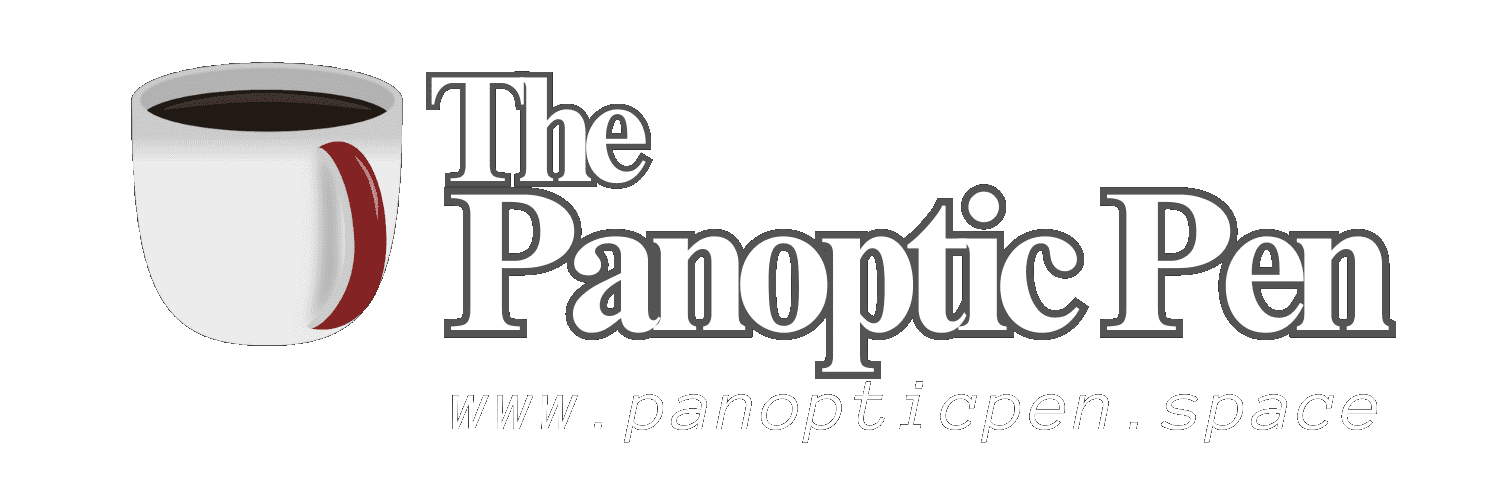2023-08-16T02:21
Hypertalk: Making Multimedia Accessible for Everyone

In the ever-evolving landscape of technology, certain innovations stand out as true game-changers, shaping the way we interact with and consume information. One such innovation was the development of Hypertalk, a user-friendly programming language designed by the visionary engineer Bill Atkinson for Apple's groundbreaking Macintosh computer. Hypertalk's role in revolutionizing multimedia presentations and its subsequent decline serve as a testament to the rapid pace of technological progress and the lasting impact of ingenious ideas.<br><br>Genesis of Hypertalk:<br>Born in the mid-1980s, Hypertalk emerged as a response to the growing need for user-friendly programming tools. Bill Atkinson envisioned a language that would empower individuals, regardless of their technical expertise, to create multimedia-rich content. Hypertalk's simple and intuitive syntax allowed users to create interactive programs by linking "cards," which served as containers for text, graphics, and multimedia elements.<br><br>Revolutionizing Multimedia:<br>Hypertalk's greatest achievement was democratizing multimedia creation. Before its advent, creating interactive presentations required advanced coding skills. Hypertalk changed this paradigm, enabling educators, artists, and professionals to craft engaging multimedia experiences without the need for extensive programming knowledge. Its drag-and-drop interface and English-like commands lowered the entry barrier, enabling a wider audience to participate in the multimedia revolution.<br><br>HyperCard: A Platform of Possibilities:<br>The embodiment of Hypertalk's potential came in the form of HyperCard, a software application that harnessed the language's capabilities. HyperCard allowed users to create "stacks" – interconnected cards – that could feature text, images, buttons, and even rudimentary animations. Its simplicity was its strength, as it permitted the rapid development of interactive tutorials, database applications, and even rudimentary games.<br><br><div id='bottom_banner_dyno'></div><br><br>Educational and Creative Applications:<br>The educational sector embraced Hypertalk with fervor. Educators found it invaluable for developing engaging teaching aids, interactive lessons, and reference materials. The simplicity of the language encouraged students to explore programming concepts while creating their projects, fostering a generation of tech-savvy learners. Additionally, artists and designers leveraged Hypertalk to produce multimedia portfolios, art installations, and creative expressions that blended text and visuals seamlessly.<br><br>The Dawn of Decline:<br>Despite its early successes, Hypertalk eventually faced challenges brought about by technological shifts. As the 1990s progressed, the computing landscape evolved rapidly, with the emergence of more sophisticated programming languages and multimedia authoring tools. The rise of the World Wide Web and advancements in web technologies diverted attention away from Hypertalk's isolated ecosystem.<br><br>Legacy and Inspiration:<br>While Hypertalk's prominence waned, its influence persisted in various ways. Its emphasis on user-friendly design principles inspired subsequent generations of programmers to create intuitive development environments. Elements of Hypertalk's approach could be seen in tools like Apple's own Xcode and Scratch, a programming language aimed at young learners.<br><br>Conclusion:<br>Hypertalk's story is one of innovation, empowerment, and evolution. Bill Atkinson's creation paved the way for a new era of multimedia accessibility, transforming complex programming tasks into user-friendly experiences. Although its impact eventually faded, the legacy of Hypertalk serves as a reminder that the quest for simpler, more inclusive technology remains a driving force in shaping the digital landscape. <br> <br><a href='https://www.gate.io/signup/XwRNVl4L?ref_type=103'>Check out Gate.io. Get a $100 Gate.io Points and $5,500 USDTest when you sign up with my link!</a><br><br>



